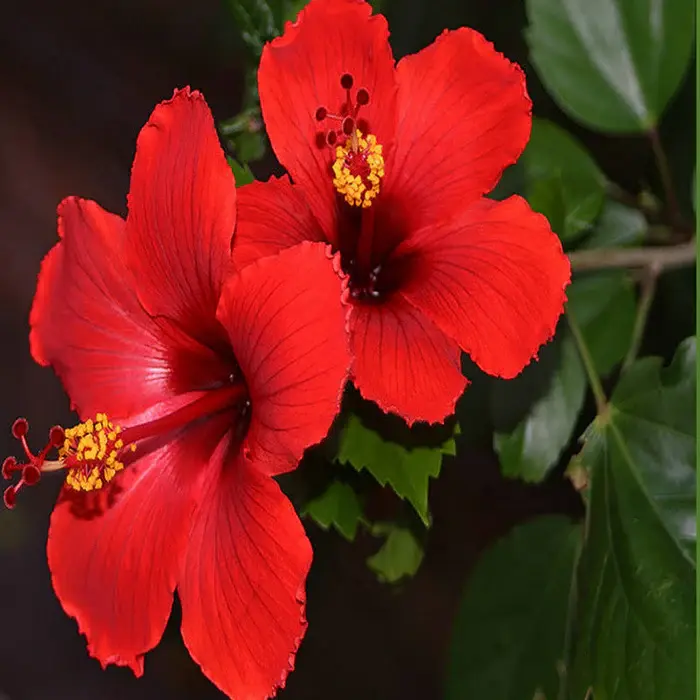Unveiling the Microplastic Menace: Dangers to Health and Environment
- Umthi
- Feb 6, 2024
- 2 min read

Introduction: Microplastics have emerged as a silent threat to both our health and the environment, permeating various aspects of our daily lives, including personal care products like hair care items. These minuscule plastic particles, often invisible to the naked eye, pose significant risks that extend beyond our immediate awareness. In this blog, we'll delve into three dangers microplastics pose to health and the environment, followed by a closer look at seven commonly found microplastics in hair products.
Dangers to Health:
Inhalation and Respiratory Issues: Microplastics, when present in the air, can be inhaled, leading to potential respiratory problems. The inhalation of these tiny particles may contribute to lung inflammation and aggravate existing respiratory conditions, posing a threat to our respiratory health.
Toxic Chemical Absorption: Microplastics have a remarkable ability to absorb and accumulate toxic chemicals from their surroundings. When these plastic particles enter our bodies, either through ingestion or skin absorption, they may release these harmful chemicals, potentially disrupting our endocrine system and contributing to long-term health issues.
Digestive System Impact: Ingested microplastics can interfere with the digestive system, potentially causing irritation and inflammation. The particles may also absorb and transport harmful substances, affecting nutrient absorption and potentially leading to broader health concerns.
Dangers to the Environment:
Marine Life Threat: Microplastics pose a severe threat to marine life, with aquatic organisms often mistaking them for food. This can lead to ingestion, bioaccumulation, and biomagnification within the food chain, ultimately affecting larger marine species and potentially reaching our dinner plates.
Ecosystem Disruption: Microplastics can disrupt ecosystems by accumulating in soil and water, altering nutrient cycles, and impacting the overall health of terrestrial and aquatic environments. The consequences of this disruption may extend to plant life, wildlife, and the delicate balance of ecosystems.
Water Contamination: As microplastics find their way into water bodies, they contribute to water contamination. This not only affects the quality of drinking water but also raises concerns about the long-term consequences for aquatic ecosystems and the species inhabiting them.
Common Microplastics in Hair Products:
Polyethylene (PE): A commonly used microplastic, PE can be found in exfoliating scrubs and hair products for its abrasive properties.
Polypropylene (PP): PP is often used in haircare products for its lightweight and durable properties, contributing to the microplastic content.
Nylon (PA): Nylon particles may be present in some hair products, providing a smooth texture and enhancing the product's overall performance.
Polyethylene Terephthalate (PET): PET, known for its flexibility and transparency, can be found in various personal care products, including some hair formulations.
Polystyrene (PS): PS is commonly used in hair styling products for its lightweight and insulating properties.
Polyurethane (PU): PU particles may be present in some haircare items, contributing to their texture and performance.
Acrylates Copolymer: While not a traditional plastic, acrylates copolymer is a polymer often used in hair styling products, providing hold and flexibility.
Conclusion: As we become more conscious consumers, understanding the dangers associated with microplastics in both our personal care products and the environment is crucial. By choosing products that are free from or have reduced microplastic content, we can contribute to a healthier planet and safeguard our own well-being. It's time to raise awareness, make informed choices, and collectively work towards a plastic-free future. There is no planet B!
At Umthi we are committed in formulating products without microplastics. We believe you should not compromise your health for beauty.






Comments